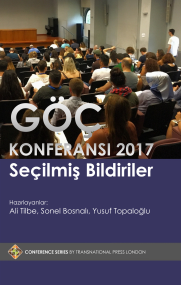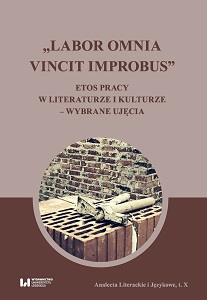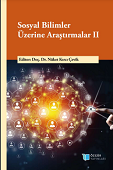Author(s): Tatiana Golban / Language(s): English
Publication Year: 0
The contemporary literary and cultural studies emphasize primarily concerns such as mass migration, global movement, mass displacement, and other similar aspects of life which in our epoch assume a central position. Some historical and social conjunctions have brought to the creation of the phenomena of migration, which although not new, has accelerated greatly in the recent decades. The globalized finances and industries have led to the creation of international labour force, which has brought with itself the illegal immigration and its implicit acknowledged binary opposition between the developed and undeveloped areas of the world. The accelerated modes of transportation and communication have also contributed to the growth of mobility of people, commodities, information, capital, etc. Therefore, we witness an era of an unmatched movement, border crossing, and migration. This grand spectacle we behold includes tourists, frequent travelers, pilgrims, but also refugees, expatriates, immigrants and exiles, who in the moment of the border crossing confront with cultural, religious, social, ethnic and linguistic barriers. In this age, as Sten Pultz Moslund claims, “we are witnessing a massive international and transnational defeat of gravity, an immense uprooting of origin and belonging, an immense displacement of borders, with all the clashes, meetings, fusions and intermixings it entails, reshaping the cultural landscapes of the world’s countries and cities” (2010, p. 2).
More...












